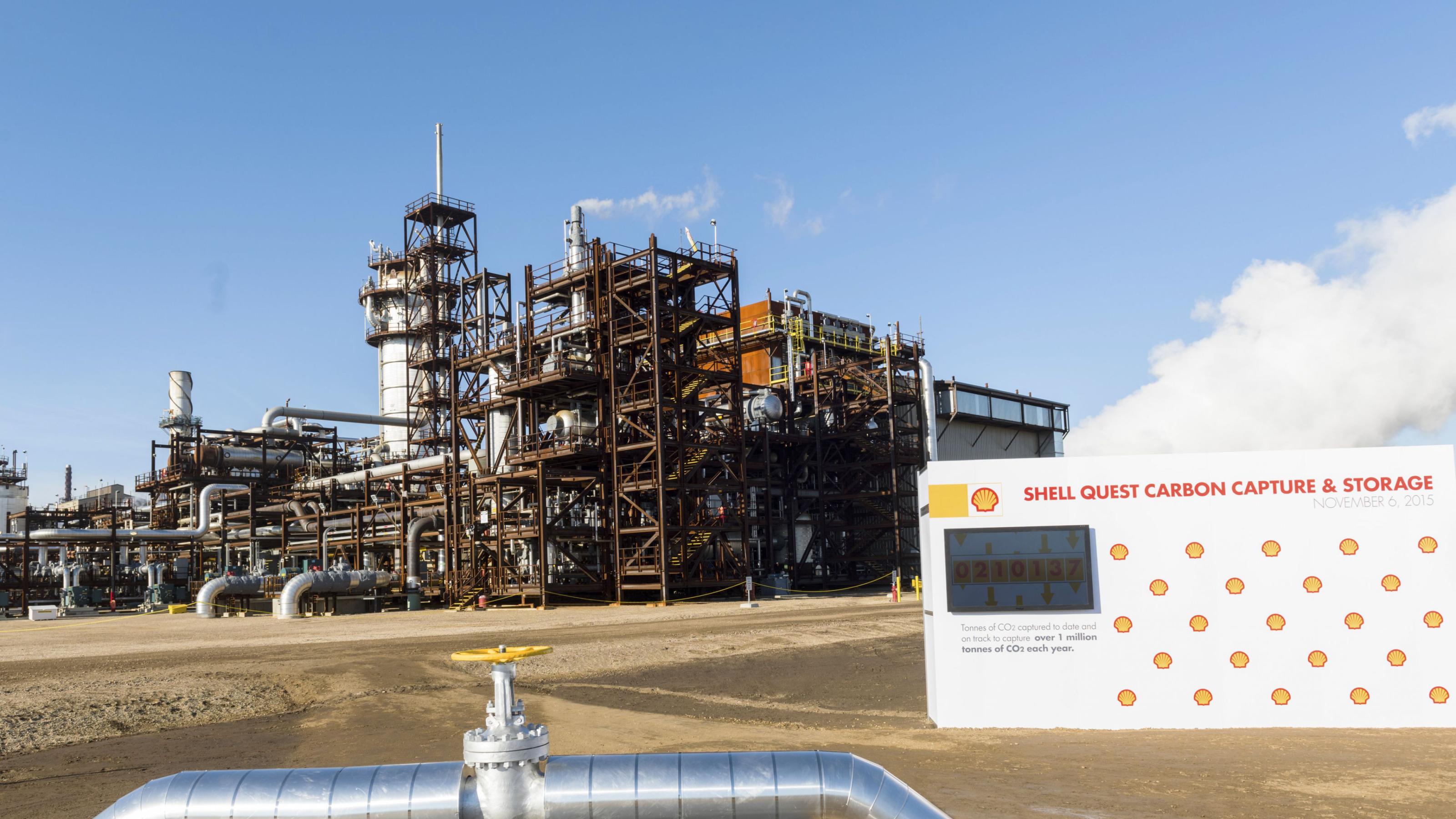With the world in the grip of the first truly global energy crisis, millions of people are bracing for a winter that is expected to be marked by power brownouts, heating fuel shortages and widespread economic recession.
Skyrocketing energy prices sparked by Russia’s invasion of Ukraine at the same time as global demand entered a post-pandemic rebound are having devastating consequences.
In the United Kingdom, for instance, three-quarters of the country is expected to enter energy poverty by the new year, and countless families are facing the stark choice between spending money to keep warm or having enough to eat.
It is a painful example of the real-life difficulties of trying to balance the world’s growing demand for reliable, affordable and responsibly produced energy while simultaneously working to meet ambitious goals for cutting GHGs.
There are no easy answers for how these competing objectives can be achieved over the next few decades, but it is increasingly clear that if we have any hope of meeting the aggressive emissions reductions required by the Paris Agreement, an “all of the above” strategy is required.
Thankfully, many of the technologies that will help us get there are already in play in Canada – including a key solution in which we are a world leader – carbon capture and storage (CCS).
Deploying CCS involves complex engineering, but the concept is simple: capturing the carbon dioxide that is the by-product of burning fossil fuels and storing it far underground so it cannot enter the atmosphere and contribute to global warming.
Canada has been a leader in the first generation of CCS. We are home to five of the world’s 30 commercial CCS facilities, and we account for approximately 15 per cent of current global CCS capacity even though our country generates less than two per cent of global CO2 emissions.
Canada’s latest climate plan calls for more than tripling the country’s CCS capacity over the next decade. It is expected to play a central role in eliminating emissions not only from the oil and gas sector, which accounted for 180 million tonnes of GHGs in 2020, but also the 115 million tonnes that come from power generation and other heavy industries.
With more than 100 new projects in development worldwide, some estimate that CCS will grow to be a $55 billion/year industry by 2030, and it is expected to be responsible for 25 per cent of the emissions reductions required for the world to reach net zero emissions by mid-century.
With this level of activity underway, it is clear that Canada is uniquely suited to capture enormous value from the CCS boom on the horizon. But there must be strong collaboration between industry and government to move multiple billion-dollar projects forward quickly.
Virtually all the country’s resource-based industries — from oil and gas, mining and electricity to cement, steel and fertilizer manufacturers — are looking to add large-scale CCS to their operations.
More than a dozen projects are at various stages of development across the country, each one representing the potential for thousands of high-quality jobs for engineers, tradespeople and suppliers over several years of construction; economic partnerships with local Indigenous communities, as well as ongoing employment for running and maintaining these industrial facilities.
In Alberta, the Pathways Alliance – a partnership of the six largest oil sands companies – plans to invest more than $24 billion on one of the world’s largest CCS projects and other emissions reduction technologies by the end of the decade.
This is expected to generate 35,000 construction-related jobs, 1,000 permanent positions, and unlock more than $50 billion in GDP.
Meanwhile, international cement producer Lehigh Hanson aims to build the world’s first full-scale CCS project for the cement industry on its Edmonton plant by 2026 — creating 800 full-time jobs and approximately 7,000 person-years of employment in the process.
Beyond the immediate economic benefits, there are broader long-term opportunities to leveraging Canadian leadership in the CCS sector.
As we have seen with the first generation of CCS, the innovation and expertise created by clean technology projects is easily exported, and it is in high demand as global climate action gains momentum.
In tandem with this is the competitive advantage that can be realized by our industries being the first to supply the low-carbon commodities that can fetch premium prices in a decarbonizing world.
We are at a critical point, as world emissions continue to grow, and Canada risks falling behind our competitors when it comes to getting CCS projects off the ground.
The investment tax credit included in Canada’s most recent federal budget is an important step towards mobilizing private capital to invest in CCS, but it is a substantially lower level of support than the programs now in place in the U.S., the United Kingdom and Norway.
Depending on the regulatory process and the ability to purchase equipment and hire workers, it takes about six years to bring a large-scale CCS facility to life. This means it is imperative that companies in Canada receive the business certainty they need to move forward on the timeline required to meet our climate obligations.
The landmark incentives for CCS projects now in place in the United States promise to make the world’s second-largest greenhouse gas emitter a world leader when it comes to the next wave of CCS development.
This provides valuable guidance to our federal government while it develops a national strategy for CCS.
We know that bringing Canada’s strong commitment to fighting climate change to reality will not be easy, but we have the home-grown expertise necessary to continue playing a leading role in this exciting area.
James Millar is President and Chief Executive Officer of the International CCS Knowledge Centre. Learn more at ccsknowledge.com
The unaltered reproduction of this content is free of charge with attribution to Canadian Energy Centre Ltd.
